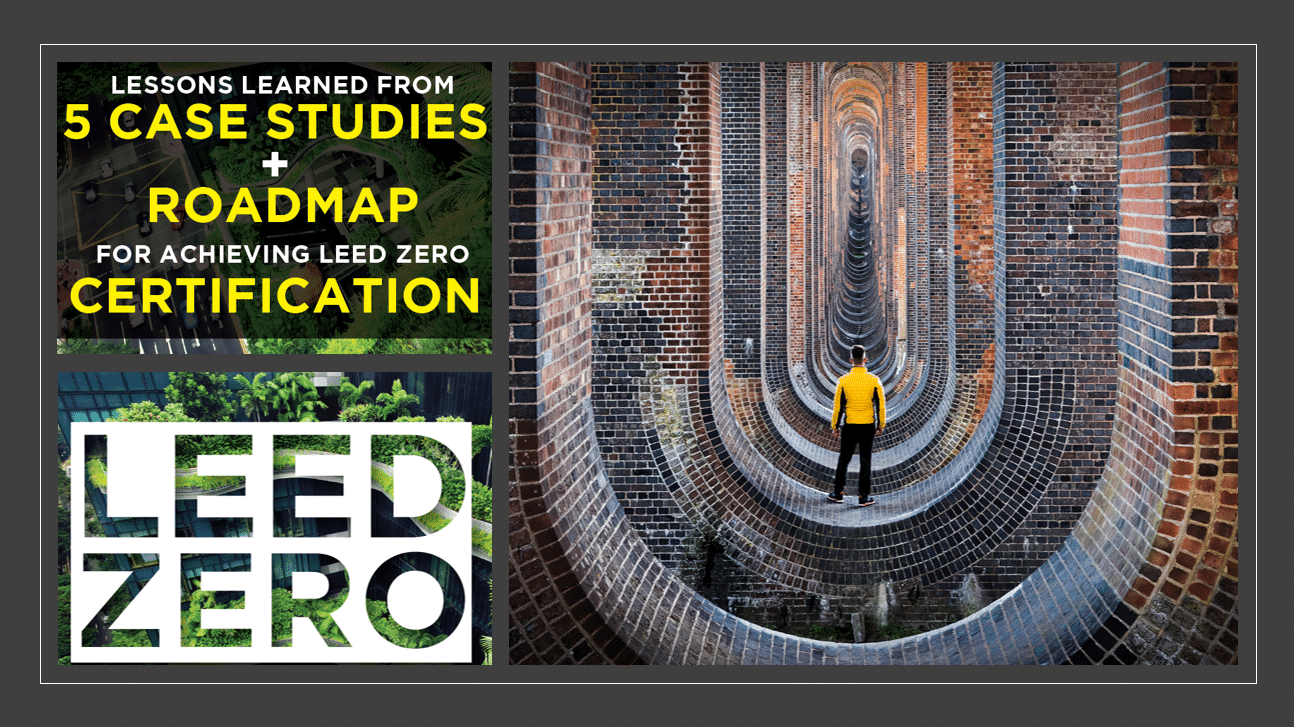Course Content
About
The term “biophilia” is gaining a lot of attention since it’s been part of the WELL Building Standard following in the footsteps of the Living Building Challenge. So, what is it? The innate tendency in human beings to focus on life and lifelike processes is biophilia. Can our understanding of the science of biophilic design help create healthier buildings? Is biophilic design a truly sustainable solution? Can biophilic design revitalize our prison facilities? Join us as GBRI Senior Research Associate Lilli Fischer explores this topic in-depth.
In part 1 of this course, we will apply the concepts of biophilic design, detailed in Biophilic Design: A Truly Sustainable Solution, to prisons. We will explore the psychological impacts of conventional prison design and social structure on inmates and staff. We will discuss the opposing theories of Static and Dynamic Security and dive into the history of incarceration theory in the US. Finally, we’ll talk about current trends in US and European prisons and ask if there is a push for change.
In part two of this course, we will explore, the scientific evidence supporting biophilic design in prisons, examine the results of several biophilic rehabilitation programs in the US, and see examples of two Nordic prisons that have implemented biophilic design strategies. Finally, we will discuss why biophilic design in prisons is especially important right now. Enroll now!
What You Will Learn
- Explore the impact of access to nature and natural elements on inmates.
- Discuss the opposing theories of static security and dynamic security.
- Reveal design features common in prisons today that could lead to negative long-term impacts on crime.
- Examine the history of inmate rehabilitation in the US.
- Investigate the existing scientific evidence supporting the use of biophilic design in prisons.
- See powerful examples of biophilic design in Nordic prisons.











